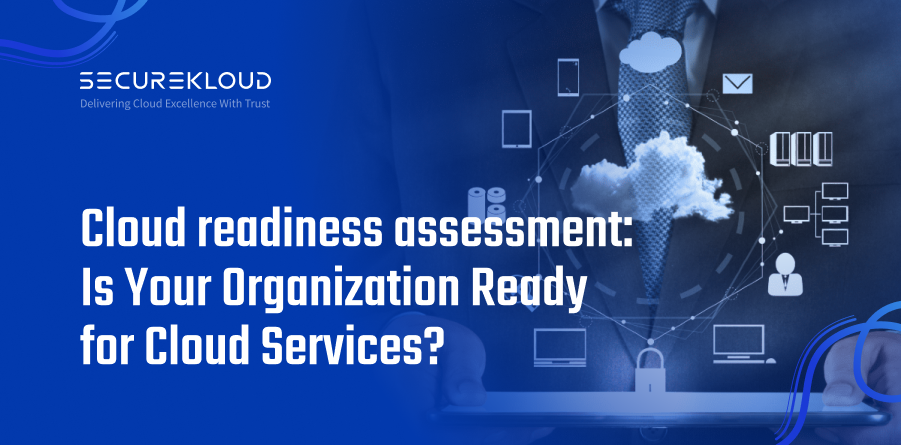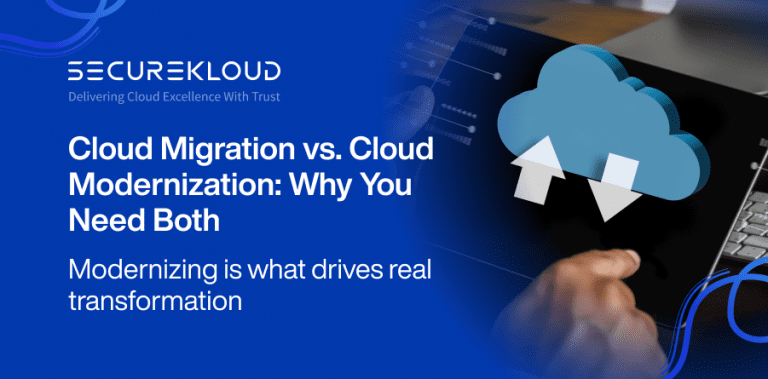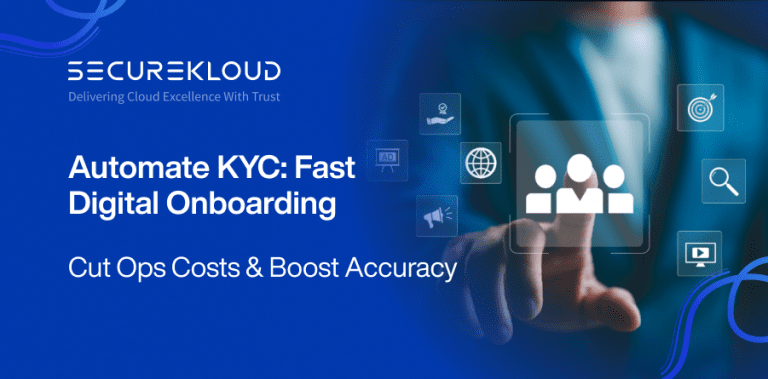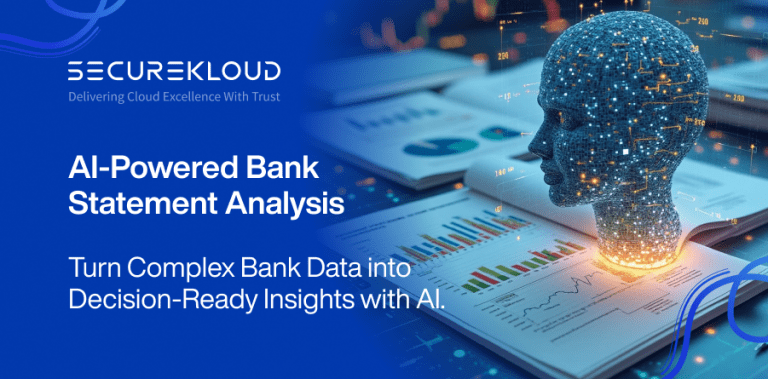- 6Minutes
- 1060Words
- 92Views
Have you heard of cloud readiness assessment? Is your organization ready for the cloud? Well, currently businesses are increasingly looking at cloud computing to help improve business operations, increase efficiency, and drive innovation.
While migrating to the cloud, there is a need for detailed planning and assessment to guarantee a smooth transition. A cloud-readiness assessment is a key factor in whether your organization can effectively leverage the cloud.
What is a Cloud Readiness Assessment?
A cloud readiness assessment is a comprehensive review of organizational IT infrastructures, applications, and business processes to ascertain an entity’s preparedness to undertake cloud services. It tests features, technical capabilities, security, compliance, and organizational readiness. By such assessments businesses can identify potential challenges, risks, or opportunities associated with cloud migration services.
A Comprehensive Cloud Readiness Assessment Checklist
Business Objectives
Define Your Goals: Clearly state your organization’s strategic objectives and how cloud-based adoption will support achieving them.
Identify Benefits: Assess what advantages cloud services might bring to an organization to include reduction of costs, scalability, flexibility, and efficiency
Strategy Alignment: Make sure your cloud migration process is in line with your greater business strategy and objectives.
Applications and Data
Compatibility: You might want to check how compatible existing applications and data are with cloud platforms.
Identify Challenges: Identify any potential migration challenges or limitations, such as application dependencies, data formats, or performance requirements.
Prioritize Migration: Prioritize applications and data regarding their criticality and determine their suitability for successful cloud migration.
Cloud Platform Selection
Research Options: Consider the available cloud architecture (models)—public, private, community, and hybrid—for the best strategy in progressing your organization.
Assess Factors: Consider factors of scalability, security, reliability, cost, and compliance requirements when selecting a cloud platform.
Consultation with Cloud Experts: Consult cloud experts or cloud consultancy services to make an informed decision.
Infrastructure Assessment
Evaluate Infrastructure: Evaluate all the servers, storage, and networking components used in your current infrastructure to ensure they are ready for successful cloud migration.
Identify Limitations: Identify any limitation or constraining factor that might affect the migration, such as hardware incompatibility or bottlenecks in performance.
Modernization Plan: Consider the modernization of infrastructure or capabilities that enhance capability compatibility with cloud environments.
Migration planning
Devise a Detailed Plan: Begin by creating a planning document regarding the migration that will clearly outline what is entailed, the timelines to be met, and the resources required.
Consider Data Migration: Strategies on how to migrate data to the cloud with emphasis on data cleaning, validation, and security.
Address Application Modernization: Plan for any necessary application modernization or refactoring to optimize performance and compatibility with cloud environments.
Manage Risk: Implement risk management strategies to mitigate potential challenges and ensure a smooth migration to the cloud process.
Cloud Architecture Design
Align with Business Needs: Architect cloud that matches business-specific needs and goals of the organization.
Ensure security: Implement strong security features in the cloud environment that protect your data and applications securely.
Scalability Assurance: Make sure the architecture can be scaled up in the future to handle growth and change in workloads.
Performance optimization: optimization of cloud architecture with a view to the performance factor, ensuring the required organization application and service performance.
Cloud Environment Setup
Create a Security Environment: Develop a secure cloud environment with proper access control, the right encryption policy, and vulnerability management measures.
Ensure Compliance: Make sure that the environment in the cloud is compliant with relative industry regulations and standards like HIPPA, GDPR, or PCI DSS.
Enforce Data Protection: Develop and implement strong data protection procedures and policies that should be implemented to guarantee completion of sensitive information.
Monitor and Manage: Continuously monitor and manage the cloud environment to identify and address any issues or security threats.
Benefits of Cloud Readiness Assessment
Some aspects that point to the benefits of cloud readiness assessment are:
Reduced Risk
By identifying potential challenges and risks early on, you can mitigate them and ensure a smooth migration process.
Optimize costs
A well-planned migration will enable you to spot potential savings and avoid preventable losses.
More efficiency
Cloud services streamline operations to help efficiency and increase productivity when the company scales.
Improved Security
Most cloud providers come with key, state-of-the-art services on security features, and compliance certificates of good.
Faster Time to Market
Cloud-based solutions can speed up development and deployment of new applications and services.
Risks of Not Assess Your Readiness for the Cloud
Without a cloud readiness assessment, there are very many risks, including:
Failures of Migration
Poor planning in migration can lead to migration failures, waste downtime, induced data loss, and other money-bound losses associated with it.
Cost Increase
Different unforeseen challenges and issues tend to hike the cost of migration, a scenario that reduces the possibility of realizing higher cloud adoption benefits.
Security Breaches
Inadequate security measures can put your organization at risk of data breaches and other security dangers.
Compliance Violations
Failure to comply with industry regulations and standards may lead to fines and legal penalties.
Cloud Readiness Assessment Tools / Platforms
The right tools can help a lot to get through the Cloud Readiness Assessment process much more efficiently. Such tools will indeed automate several assessment tasks but also turn out to be important for insights through analytics and reporting.
Below are some of the popular tools/platforms often used to conduct Cloud Readiness Assessments
1. Microsoft Cloud Adoption Strategy Evaluator
This tool gives a better understanding of your cloud adoption strategy, including the recommended actions for building or advancing your cloud business case.
2. SecureKloud
SecureKloud is designed to enable organizations to assess preparedness for cloud migration. It allows a granular review concerning technical capabilities, security posture, and compliance requirements given the application landscape.
Businesses can use SecureKloud to gain experience regarding cloud readiness and make informed decisions related to migration based on the same.
3. AWS Migration Evaluator TSO Logic
AWS Migration evaluator is a tool offering information about the pros and cons of switching to AWS. However, its scope is quite limiting; it just assesses assets and does not address cloud strategy or other governance-related issues.
Conclusion
Analysing or assessing cloud readiness is a step that must precede successful cloud adoption. Carefully assessing your organization’s capabilities and estimating the possible challenges, you can draw up a well-planned migration strategy that will let you gain the maximum from the cloud services and drive your business forward.





